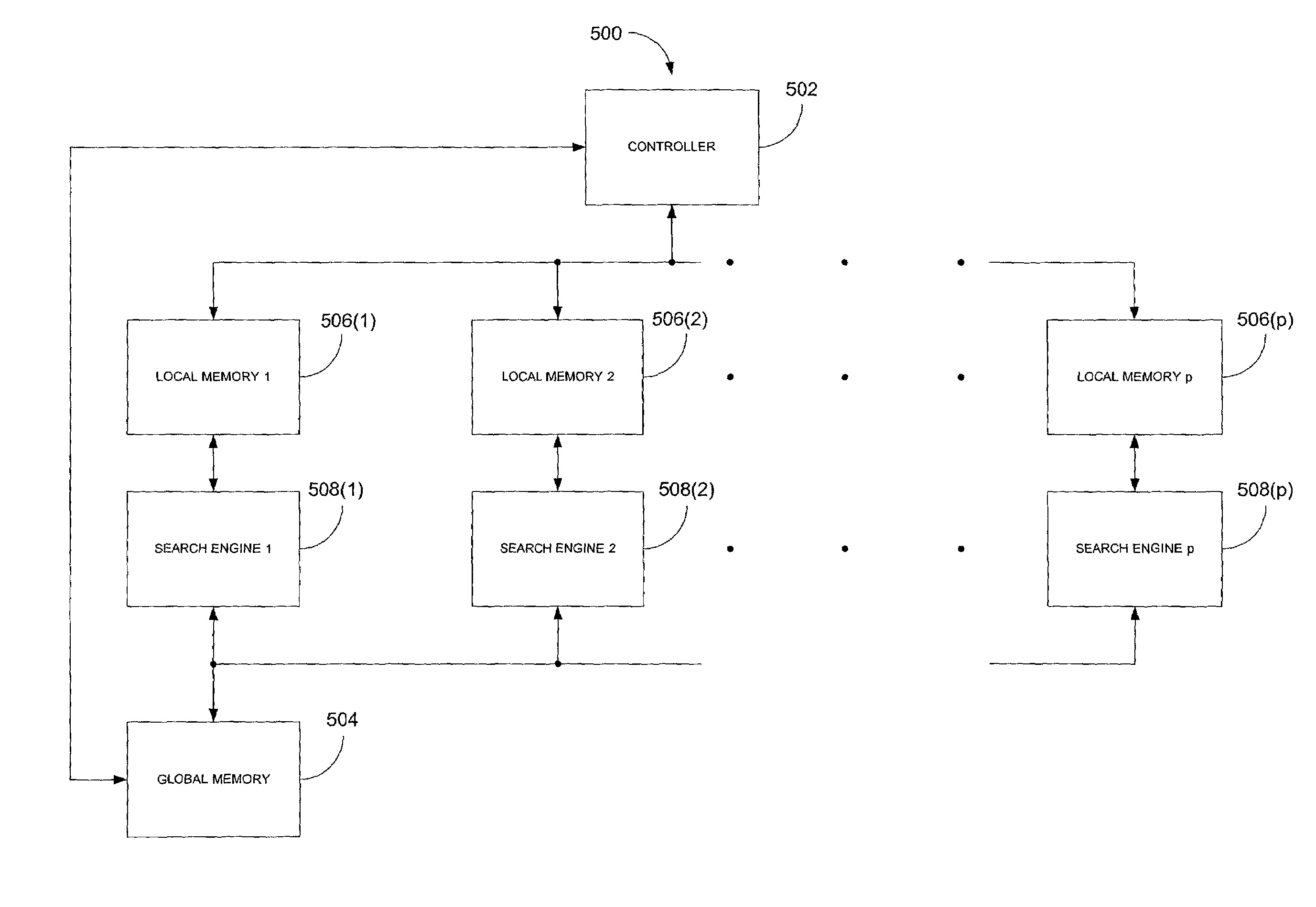Efficient method of identifying non-solution or non-optimal regions of the domain of a function
a function and efficient technology, applied in the field of search processes for locating solutions, can solve the problems of slow searching methods, inability to rapidly and efficiently converge to the solution-defining regions of functions, and inability to solve the problem of non-solution or non-optimal regions of the function domain, so as to achieve less excess width and less excess width
- Summary
- Abstract
- Description
- Claims
- Application Information
AI Technical Summary
Benefits of technology
Problems solved by technology
Method used
Image
Examples
Embodiment Construction
[0044]For purposes of this disclosure, the term “solution(s)” will be used to refer collectively to solution(s), root(s), optimized solution(s), solution(s) subject to constraints, minimum, minima, maximum, or maxima of a function of one or more variables.
[0045]Also, for purposes of this disclosure, a memory is any processor readable medium, including without limitation RAM, ROM, EPROM, EEPROM, PROM, disk, hard disk, floppy disk, CD-ROM, DVD, semiconductor memory, etc.
[0046]Moreover, the term “region” refers to any n-dimensional region, where n is an integer of one or more, of the domain of a function, including but not limited to a line segment, box, area, cube, etc.
[0047]FIG. 2 is a flowchart of one embodiment of a method of identifying one or more regions of the domain of a function where solutions are guaranteed not to exist. This method may be employed in the context of branch and bound methods, such as that illustrated in FIG. 1, that use interval analysis to search for soluti...
PUM
 Login to View More
Login to View More Abstract
Description
Claims
Application Information
 Login to View More
Login to View More - R&D
- Intellectual Property
- Life Sciences
- Materials
- Tech Scout
- Unparalleled Data Quality
- Higher Quality Content
- 60% Fewer Hallucinations
Browse by: Latest US Patents, China's latest patents, Technical Efficacy Thesaurus, Application Domain, Technology Topic, Popular Technical Reports.
© 2025 PatSnap. All rights reserved.Legal|Privacy policy|Modern Slavery Act Transparency Statement|Sitemap|About US| Contact US: help@patsnap.com



